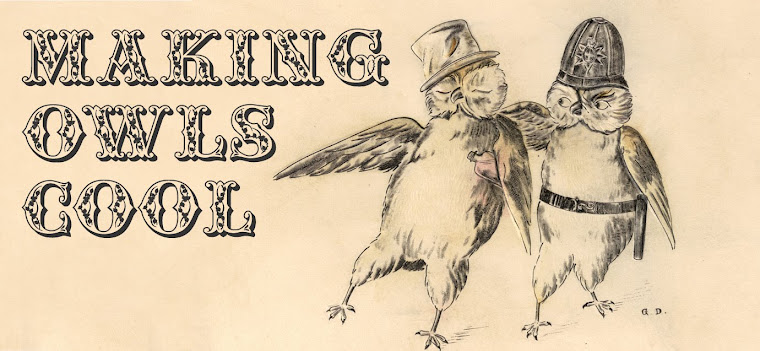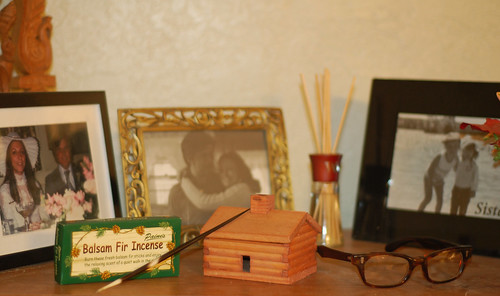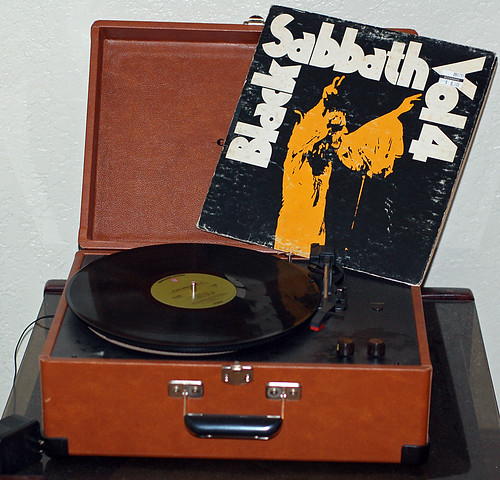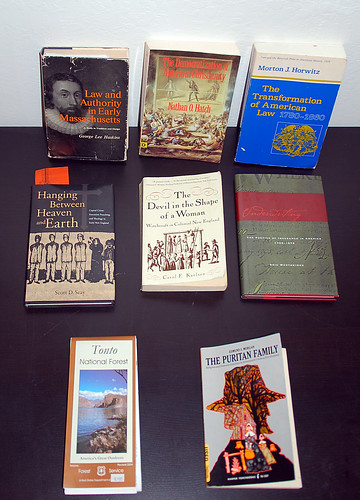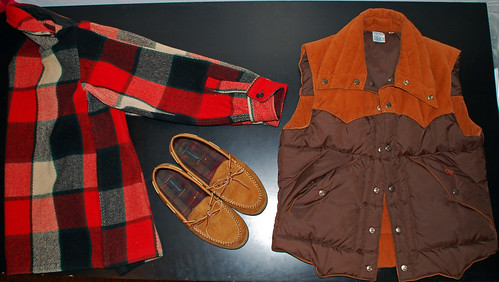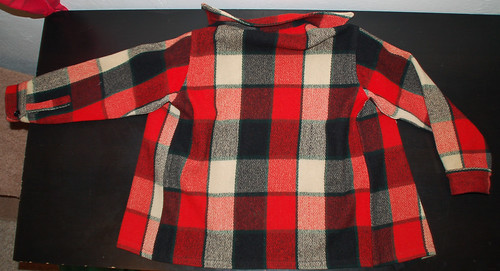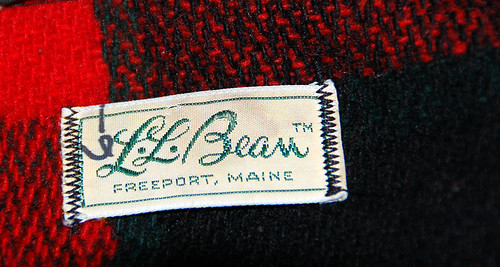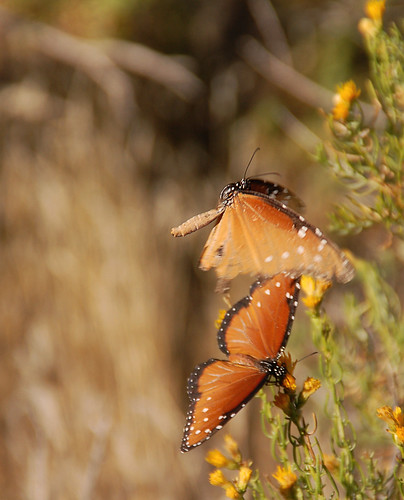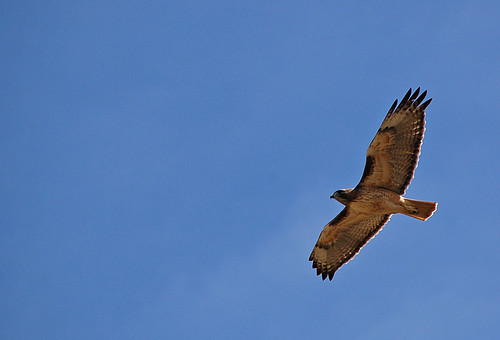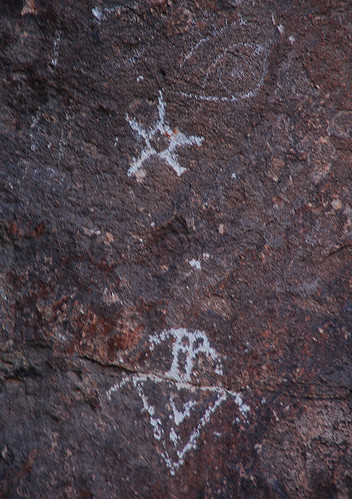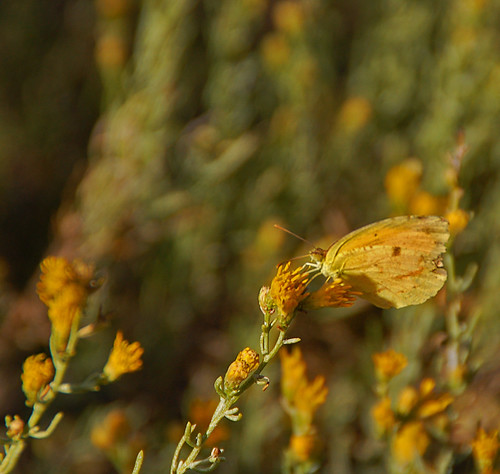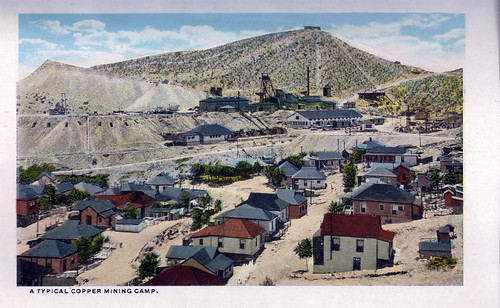On Halloween weekend, me and Erin and our friend Katie had the opportunity to visit one of Arizona's best preserved mine sites/ghost town. I found the site in a book and did some research online to find out more information. Through the
ghosttowns.com forums I learned that this particular mine was on private property and that trespassers were particularly unwelcome. A little more searching and I contacted the owners and set up a time to visit the mine.
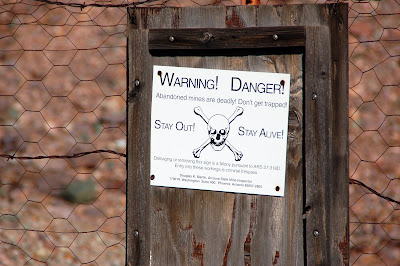
I never used to have an aversion to trespassing. If I visited a place that was privately owned, I'd only take pictures and I would never, never, never sue anyone for a risk I willing took upon myself. Still, as I get older I find worrying about getting caught really stressful and it's disrespectful to go onto someone's private property (though I don't feel the same about trespassing on public property - public means public). This time around, I'm really happy that I contacted the owner, as he not only gave us permission to visit the mine, he personally escorted us there and gave us a tour full of great stories and historical facts. Though the mine site is in several ghost town books and online, I've decided not to reveal the site name or owner's name here. This site is his childhood home, his family is buried there, and he's made some very nice improvements to one of the buildings so he can spend his time out there in his own personal, quiet, solitary spot in the desert hills. He did us a big favor and he seemed happy to do it, but I didn't get the impression that he was ready to share it with many people. So, here I'll refer to him as "T" and I'll retell some of the stories T shared with us.

Today this shack wears it's struggle against the elements proudly, but time's been hard on it. The desert is a really harsh place. Between the sun, the torrential rain and hail storms, pack rats and other industrious animals, and, at the mine's elevation, snow, desert structures require considerable maintenance. Older photos of the mine that I've seen online and that T showed us featured several more buildings.
T grew up in this house and he told us about how his mother had a piano brought way out there. It must have been amazing to hear the piano echoing in the desert hills. The mine opened in the late 19th century. T's family acquired it in the early 1900's and it remained open until the 1970's. It's a shaft mine that produced a lot of copper and silver. You can see machinery from the mine at the
Arizona Mining and Mineral Museum. T donates the cool stuff he finds to museums so everyone can appreciate it.
Here's a few pictures from the house:
Across from the house is the cook's building, the building where the miners ate. At one point, the mine had 250 workers. It's so quiet out there now it's hard to imagine hundreds of people and tons of industrial machinery grinding away under and above ground, but it was a considerable operation. The bunk houses burnt down and the main factory was dismantled, but the remnants of the structures make it clear that they were pretty big. T has adapted and modernized one of the structures into a great cabin with running water and a flush toilet. There are some feral cats that live out there, too, and they got all excited when T showed up. He feeds them and looks after them. The picture at the outset of this post is of cook's building. It was full of a lot of old stuff, so we didn't photograph inside. Here's a couple other shots of it.
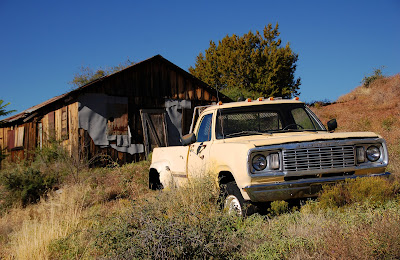

Mining, as the Chilean mine incident recently reminded us, is very dangerous. The mine shaft was quite deep. There was a machine shop 600 feet down. T told us a rather terrifying story about how 13 men died working there. The men took an elevator down the shaft and into the mine. One morning, 13 men stepped in the elevator and started down. The elevator was controlled by an operator on the surface and the men in the elevator communicated with the operator by pulling a chord that sounded a bell. As the men were descending, they suddenly found that the mine had flooded overnight and they elevator was plunging them under water. The operator had stepped away from his post to use the bathroom and failed to here the bell. They all drowned. Here a some photos of the a workshop and some mining remnants.
This is just a little side project mine around the area. The real mine shafts were covered up for safety and didn't look like much more than big sheets of wood resting on some cement.
This is part of the foundation of the main factory. It's surrounded by a mountain of tailings. It's where they separated the copper or silver from the other rocks.
Here I'm holding a rock core, a rock sampling that was used to test the rocks down the mine shaft.
T told us lots of other fascinating stories about growing up around the mine and the history of the mine itself. Exploring the mine area and the buildings was terrific, but meeting T was just as cool. I suppose if I owned amazing piece of American history, I'd probably enjoy sharing it with other people who appreciated it, too, but T (and his sister who I initially contacted) had no obligation to spend the better part of a Saturday morning showing some strangers around. I hope he understands just how much we appreciated it.
